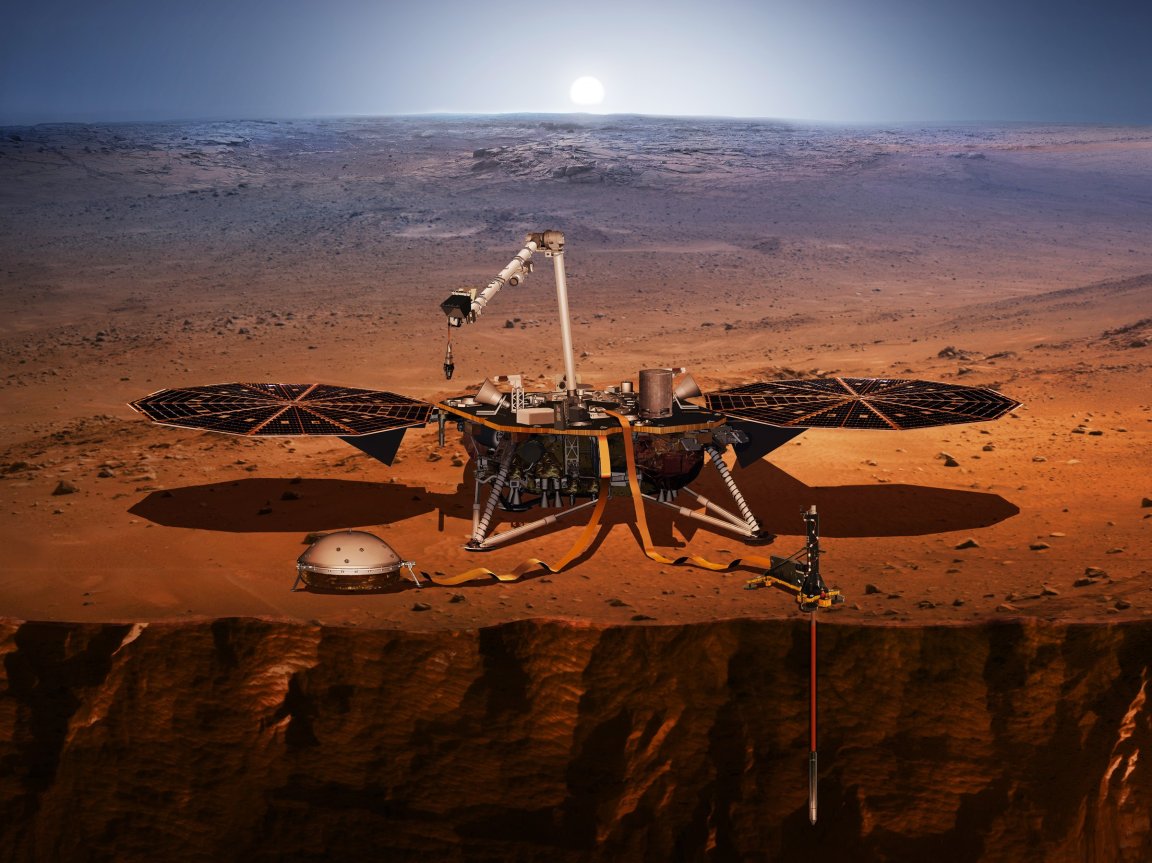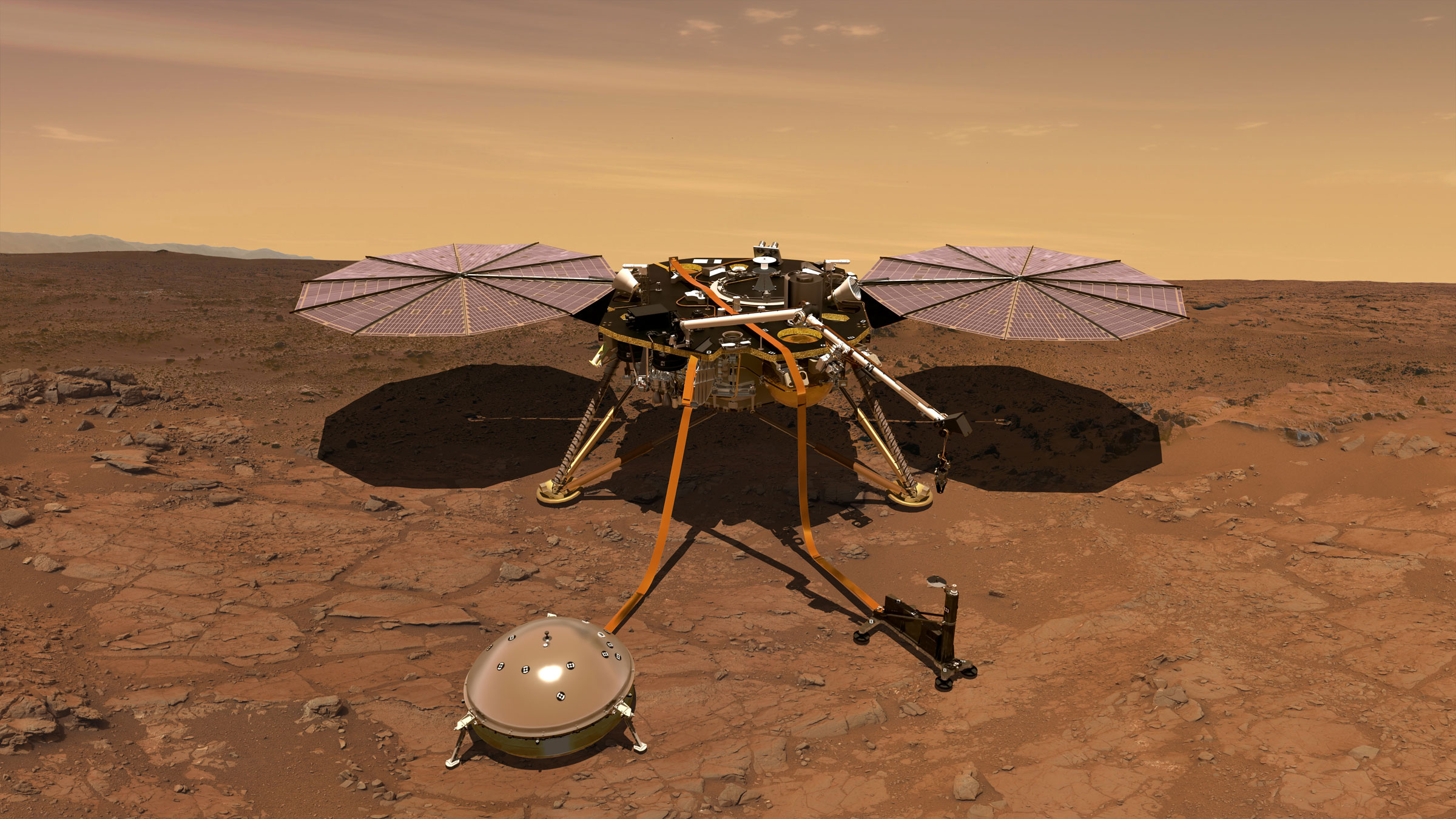
This articles has been updated to include details from the 5/5 launch
There’s been so much hype around future human missions to Mars, you might have not heard that we’re already going to Mars. Like, now.
NASA’s InSight Mars is slated to launch tomorrow morning from Vanderberg Air Force Base, in California, atop an Atlas V rocket at approximately 7:05 AM EDT.
If all goes according to plan, InSight should reach our dusty red neighbor by November 26th, 2018. Once on Mars, the lander has a packed two-year itinerary of science to conduct. Unlike other Mars rovers like Curiosity, InSight will stay in one place — a site close to the equator called the Elysium Planitia, close to where Curiosity landed in 2012 — for its entire mission. That’s because its focus is not on the features of the planet’s surface, but instead what’s going on beneath it.

The Mars lander’s suite of instruments will include: a probe that will burrow 16 feet into the planet intended to determine how much heat is moving through Mars’ interior, and a seismometer that will look for vibrations of meteorites hitting the planet’s surface, along with the tremblings of “marsquakes.” Together, these tools will hopefully provide new insight about Mars’ composition. The research team hopes to learn more about the formation of Mars and other rocky planets in the neighborhood — including the spinning blue marble we live on.
“Earth has plate tectonics, so its initial crust is essentially gone, it’s all been recycled,” InSight deputy principal investigator Suzanne Smrekar told The Washington Post. “Mars gives us an opportunity to see the materials, the structure, the chemical reactions that are close to what we see in the interior of Earth, but it’s preserved from the first 10 million years [of the solar system]. It gives us a chance to go back in time.”
Two small satellites, each about the size of a briefcase, will launch alongside the InSight Mars lander. These two little satellites, officially dubbed CubeSats because of their shape and small size, are set to detach from the Atlas rocket and go their separate ways from InSight once they all leave Earth’s atmosphere. Once they arrive at Mars, CubeSats will go into orbit around the planet to monitor InSight for a short period around its landing. They’re not needed to communicate with the InSight mission (for that, the lander will use the larger communications satellites already orbiting the planet), but will test how CubeSats fare as they travel through deep space and have to communicate back to Earth from another planet (so far, CubeSats have only ever been put into orbit around Earth).
If InSight succeeds, it will help us answer one of the most fundamental questions we have about our solar system: how did this all get here? And as our species pushes towards becoming multi-planetary, learning more about where our solar system has been could help us, no matter where we’re going.

Update May 5, 2018, 8:55 AM EDT:
On a dark, misty California morning, NASA’s InSight mission, plus the two CubeSats, successfully launched on top of the Atlas V rocket. The rocket launched on time at 7:05 AM EDT (4:05 AM PDT).
Each phase of the orbit, burn, and separation went according to plan. The CubeSats separated from the rocket; they will travel to Mars in a “loose group” with the InSight lander. All three are now on their way to Mars. The three are slated to arrive in Mars’ orbit in November.